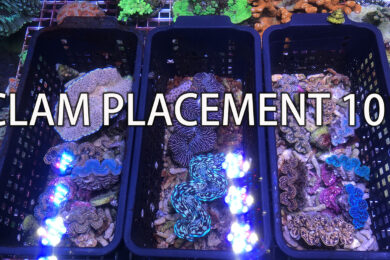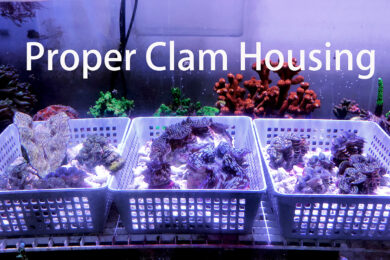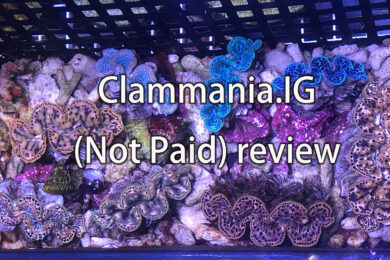I have heard and seen many discussions on how much energy their reef tanks draw and that they can see a BIG difference in energy bill with/without the tank operating. Today I want to make an attempt to break it down by using my own tank as an analysis.
First of all let’s understand how do power companies charge your energy usage
Below is an example of one of my recent bills:
Customer Charge 30 DAYS AT $ .34308 $ 10.29
State Low-Income Asst Fee 30 DAYS AT $ .10333 $ 3.10
Distribution Service 1356 KWH AT $ .03000 $ 40.68
Electricity Service 1356 KWH AT $ .10992 $ 149.05
Subtotal Electric Meter 250177 ---------------------------$ 203.12
Note the items in line 1 and 2 are things you cannot change- you are paying those regardless how much energy you use.
And line 3 and 4 are basically two of the same thing, so I am going to add it together and call it approximately $.14 for each KWH of energy we use in the house.
KWH stands for Kilowatt hour. Basically if you add up all the wattage your household electronics' and appliances' labels you are looking at this. To illustrate:
1356/ 30 days= roughly 45 KWH for each of the 30 days this month, meaning I use 45KWH each day. To divide that by 24 hours, I am using nearly 2KWH each hour. 2KWH= 2000W= 20 X 100W lightbulbs on simultaneously for the entire 24 hour cycle each day. Using this principle above, let's estimate what % of my household energy contributes to my tank:
Tank energy:
Light: 2X70W Aqua Illumination Sol Blue LED on for 10 hours at an average of 35% of the 70W= 70 X 2 X 35% X 10= 526W
Heater: 200W, but not on constantly, probably on for approximately 70% of the time- 200 X 70% X 24= 3360W
Return Pump: Mag drive 7- 60W X 24hours= 1440W
Powerhead/wave makers: 3X 15W X 24hours= 1080W
Skimmer Pump: 60W X 23 Hours (minus feeding time)=1380
Total= 7786W
Here is the kick, even though electronics may label as 100W. Few to none ever operate at exactly that amount. Most of them actually consumes 20-40% more energy to operate at the energy level labelled. In another words, if a light build is labeled 100W, it might actually consume 140W in reality.
For that reason, we will multiply 7786 X 140%= 10900W
10900W=10.9Kilowatt, let's call it 11 KWh
So each day out of the 45 KWh, 11 goes to the tank, roughly a quarter of my household energy! and if you look at my monthly charge- that's about $50
Now, things actually used to be worse- Metal Halide bulbs. I used to use a fixture containing 1X250W Metal halide + 4X24W T-5 tubes, a whopping 342W. And this fixture did not have the ramping and % control like the LED lights do. So if I have this light on for 10 hours/day- 342X10= 3420W
Add this up with other parts (heater, pumps, skimmer)-10680 X 140%= 14952W
14952W is roughly 15KWh
So let's do the math: 15KWh - 11KWh=4KWh/day
4KWh X 30= 120KWh/month X $.14= roughly $17 a month of energy bill difference.- $200 a year in energy savings!
A Good LED lighting system cost between $400-$900 and lasts 10,000 hours - if you can keep the light for more than 2 years you got your money back.
A Good Metal Halide system cost about the same amount and definitely does not last as long - at least you need to replace the $50 bulb annually for optimum performance.
So next time if your significant other questions why you need to upgrade to the LED and other energy efficient pieces, please show her this post and tell her- you are saving money on the energy bill in the long run.













